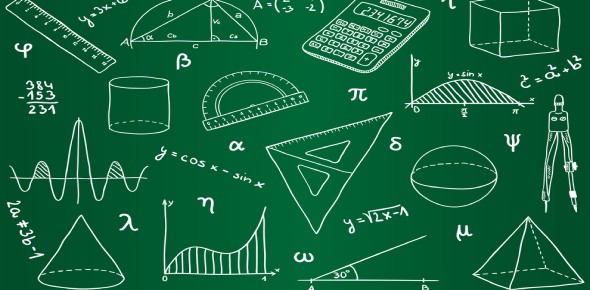Nonfiction

Nonfiction text structures and text features
- 1.
Cats sometimes scratch the furniture. One solution is to cover the furniture
- A.
Cause and effect
- B.
Problem solution
- C.
Description or list
- D.
Compare contrast
- E.
Chronological sequencial
Correct Answer
B. Problem solution -
- 2.
Cats are similar to lions. They are both felines. They both have sharp teeth. However, a cat is much smaller than a lion.
- A.
Cause and effect
- B.
Problem solution
- C.
Description or list
- D.
Compare contrast
- E.
Chronological sequencial
Correct Answer
D. Compare contrast -
- 3.
When a cat is hungry, first he will look for his master. Then he will sit next to his dish until he gets fed.
- A.
Cause effect
- B.
Problem solution
- C.
Description list
- D.
Compare contrast
- E.
Chronological sequencial
Correct Answer
E. Chronological sequencial -
- 4.
You can tell when a cat is angry. Its ears are laid back and it may hiss.
- A.
Cause effect
- B.
Problem solution
- C.
Description or list
- D.
Compare contrast
- E.
Chronological sequencial
Correct Answer
A. Cause effect -
- 5.
It was 32 degrees Fahrenheit when precipitation fell from the clouds. Since it was freezing, the precipitation was in the form of snow.
- A.
Cause effect
- B.
Problem solution
- C.
Description or list
- D.
Compare contrast
- E.
Chronological sequencial
Correct Answer
A. Cause effect -
- 6.
All clouds are made of water droplets. Fog, however, is a different type of cloud. The difference is that fog forms on the ground and the other clouds form high in the air.
- A.
Compare contrast
- B.
Cause effect
- C.
Problem solution
- D.
Generalization
- E.
Chronological sequencial
Correct Answer
A. Compare contrast -
- 7.
Different types of clouds have their own appearance. For example, some are wispy and thin and others are fluffy and shapely. Some people think cumulus clouds look like puffs of cotton.
- A.
Cause effect
- B.
Problem solution
- C.
Description or list
- D.
Chronological sequencial
- E.
Compare contrast
Correct Answer
C. Description or list -
- 8.
The framework of the article or how the author organizes the text is called the
Correct Answer
text structure - 9.
The way that an author or publisher decorates the article would be by using
Correct Answer
text features - 10.
Clouds are formed in the following way. First, water on the ground evaporates and turns into vapor. Next, the vapor condenses into tiny droplets and forms clouds. Finally, the clouds lose the water in the form of precipitation
- A.
Compare contrast
- B.
Problem solution
- C.
Generalization
- D.
Chronological sequencial
- E.
Cause effect
Correct Answer
D. Chronological sequencial -
- 11.
Clouds can cause turbulence for airplanes, so consequently pilots may try to fly above them to avoid the shaking
- A.
Cause effect
- B.
Problem solution
- C.
Chronological sequencial
- D.
Compare contrast
- E.
Description or list
Correct Answer
A. Cause effect -
Quiz Review Timeline +
Our quizzes are rigorously reviewed, monitored and continuously updated by our expert board to maintain accuracy, relevance, and timeliness.
-
Current Version
-
Dec 26, 2012Quiz Edited by
ProProfs Editorial Team -
Mar 12, 2009Quiz Created by
Aemaxwell
 Back to top
Back to top


